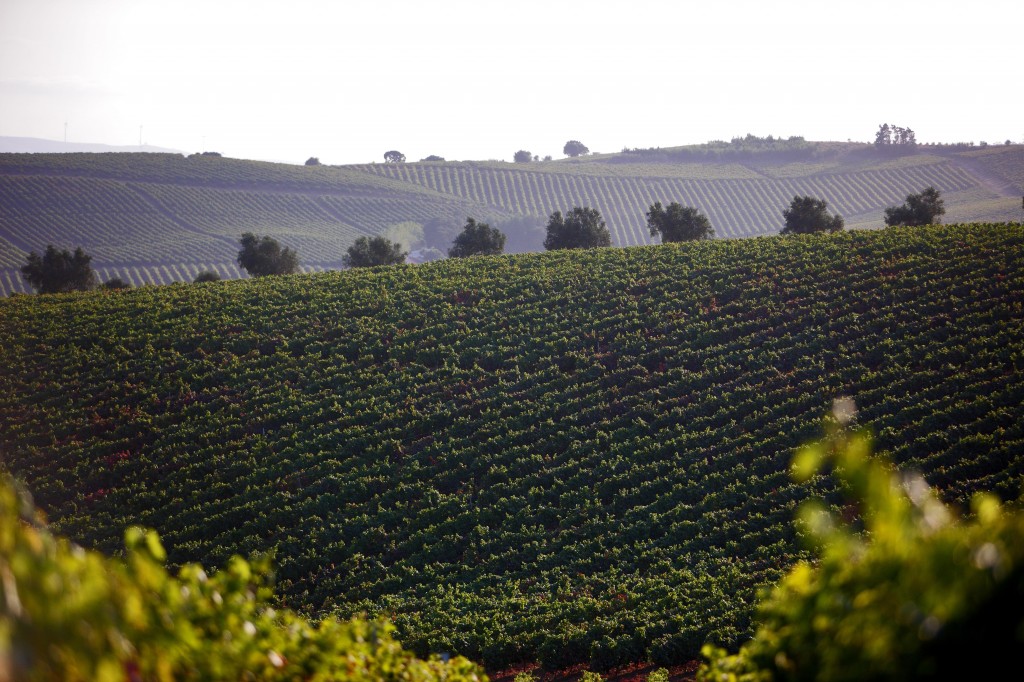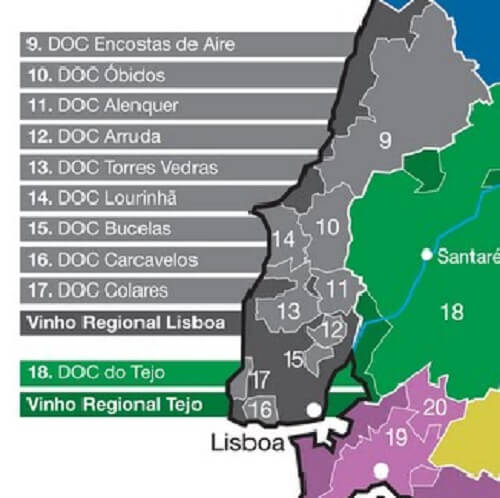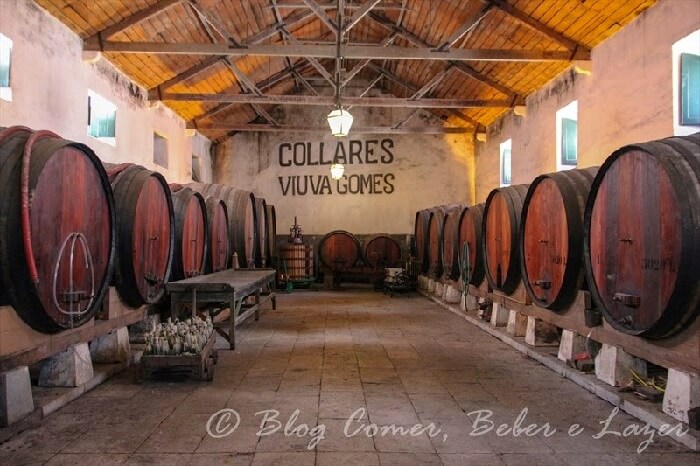Text Olga Cardoso | Translation Teresa Calisto
The Lisboa wine region, formerly known as Estremadura, is situated northwest of the capital, in an area about 40 km long. The climate is mostly temperate due to the Atlantic influence.
The vines that grow near the coast ripen more slowly due to sea breezes, while those located in the sunniest areas of the interior are well shielded by terrain.
The Lisboa wine region is presently one of the most important of the country in terms of production volume and includes 9 different designations of origin, thus recognizing the typicality, singularity and quality of its wines.

Photo by IVV – Instituto da Vinha e do Vinho, I.P. | All Rights Reserved
Alenquer, Arruda, Bucelas, Carcavelos, Colares, Encostas d’Aire, Lourinhã, Óbidos and Torres Vedras, are their Designations of Origin, and there is also a homonymous geographical indication ” Vinho Regional Lisboa “. See here for more details.
In the southern region, are the three designations of origin best known for its tradition and prestige: Bucelas, Carcavelos and Colares.
In its central part, we find the widest vineyard spots of this region, where apart from the Wine with Geographical Indication Lisboa, the Denominations of Origin Alenquer, Arruda, Torres Vedras and Óbidos were recognized for their high quality features.
Closer to the sea we find a wine producing area particularly suited for the production of quality spirits and deserving of the recognition of Denomination of Origin Lourinhã.
In an area a bit more to the North, an extensive wine region is seen, stretching from the mountain slopes of Candeeiro and Aires to the sea. There, wines entitled to the Denomination of Origin Encosta d’Aire are produced.

Photo by ViniPortugal | All Rights Reserved
The region of Lisbon Wines embraces thusly an area of 30 000 hectares of vineyards, producing about 20 million certified bottles of wine, spirits (brandy), sparkling and liquer (fortified) wines.
The main white varieties are Arinto, Fernão Pires, Malvasia, Seara Nova and Vital, while the predominant red grape varieties are Alicante Bouschet, Aragonez, Castelão, Tinta Miúda, Touriga Franca, Touriga Nacional and Trincadeira, beyond the contribution of international varieties such as Chardonnay, Cabernet Sauvignon and Syrah.
In the wine growing region of Lisboa, nowadays many whites of remarkable quality are produced. However, it is from Bucelas, demarcated in 1911, that their most famous and appreciated white wines come from.
Drawn mainly from the Arinto grape, these white wines have balanced acidity, soft floral aromas and are able to retain their qualities for years.
Regarding the reds, this region has been undergoing some changes in their overall outlook. If Colares and Carcavelos today assume a high historical importance, other designations of origin, the result of massive restructuring carried out in vineyards and wineries, are now producing harmonious and balanced wines, well known for their good quality/price ratio.

Photo by Carlos Janeiro | All Rights Reserved – See his blog here
The region of Alenquer produces some of the most prestigious DOC wines of the Lisboa region. Its location favors the ripening of the grapes, resulting in more intense and concentrated reds.
Elsewhere in the region of Lisboa, red wines are aromatic, elegant, rich in tannins and able to age a few years in bottle.
The Result of modernization and investment in quality, the profile of Lisboa red wines began to change, and they’ve acquired more structure, balance, intensity and complexity.
And now I invite you to see a video of the city of seven hills – its wines, history and diversity.
CVR Lisboa | All Rights Reserved
LISBOA WINE REGION – wines of passion!




Leave a Reply